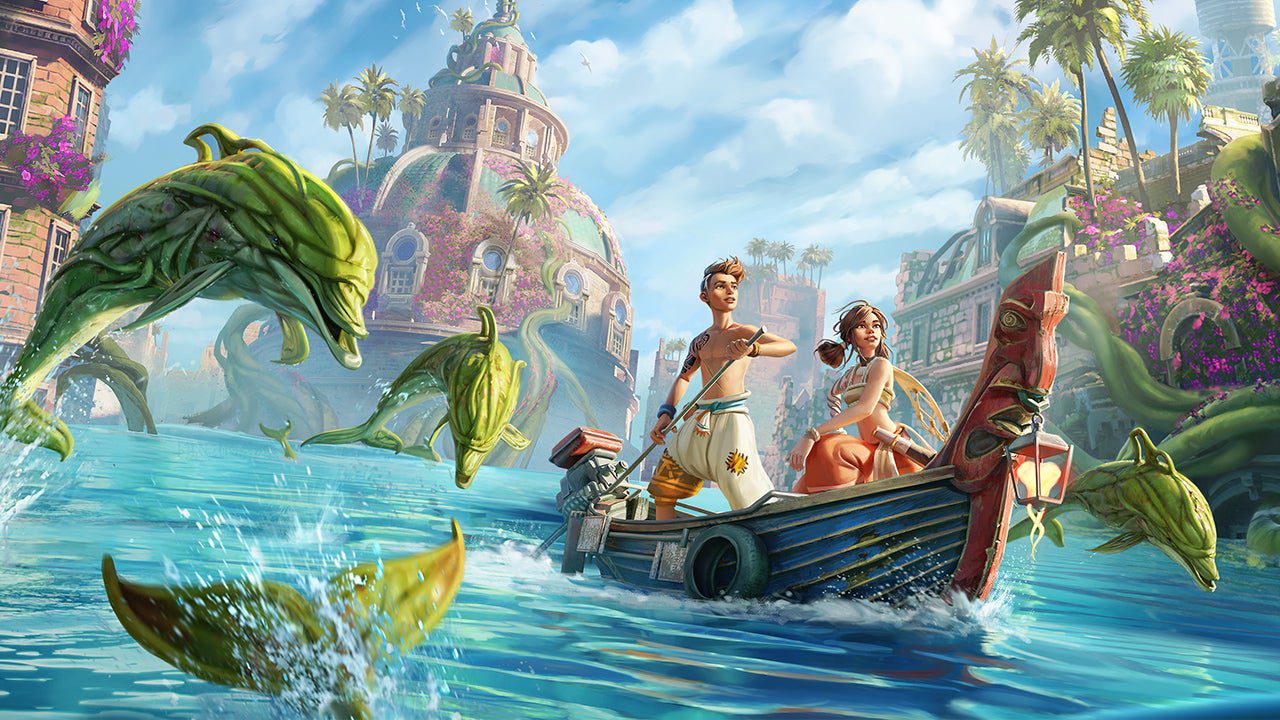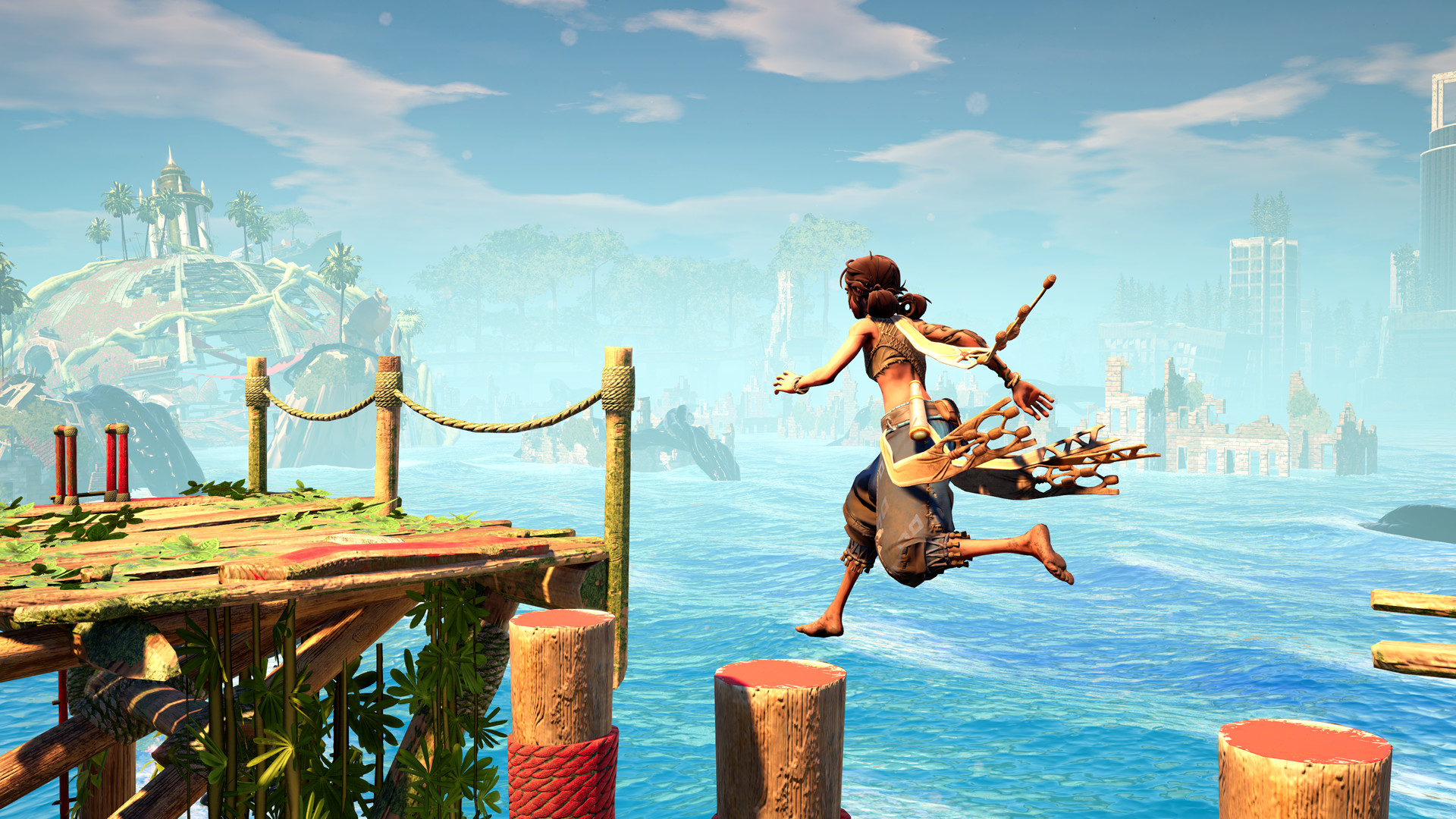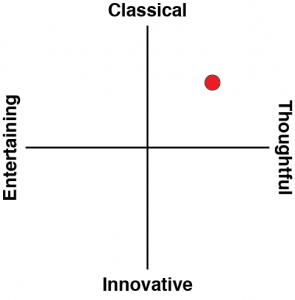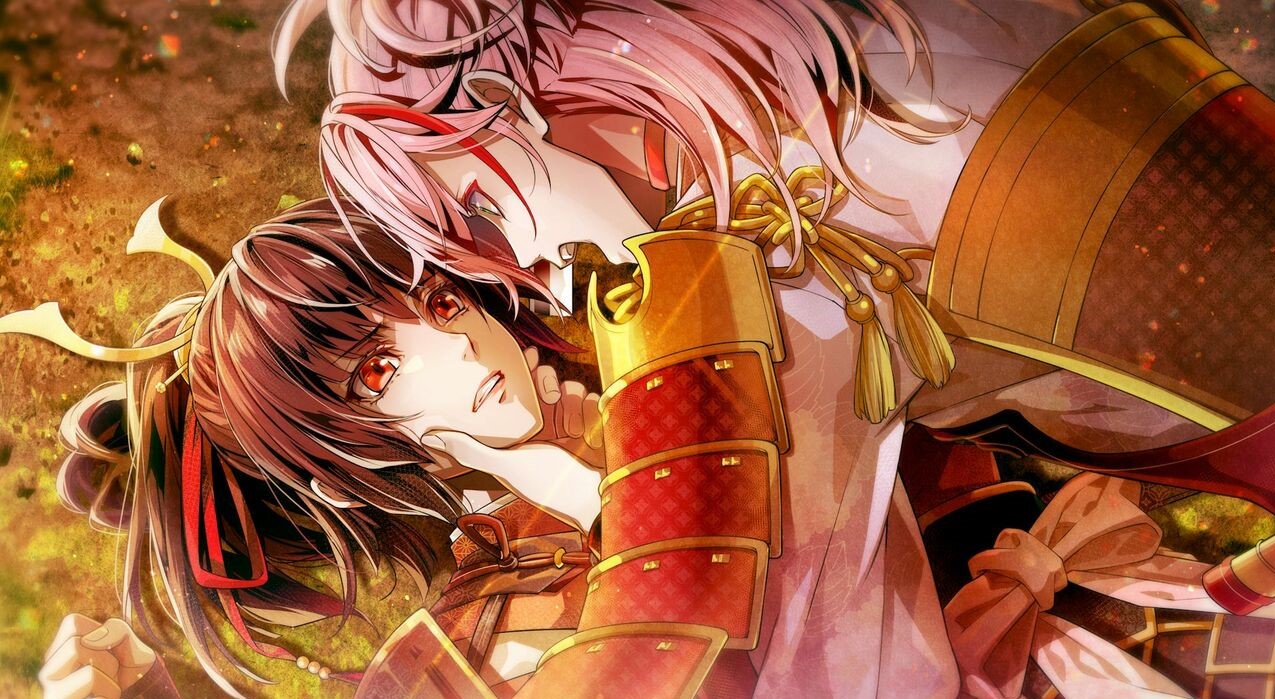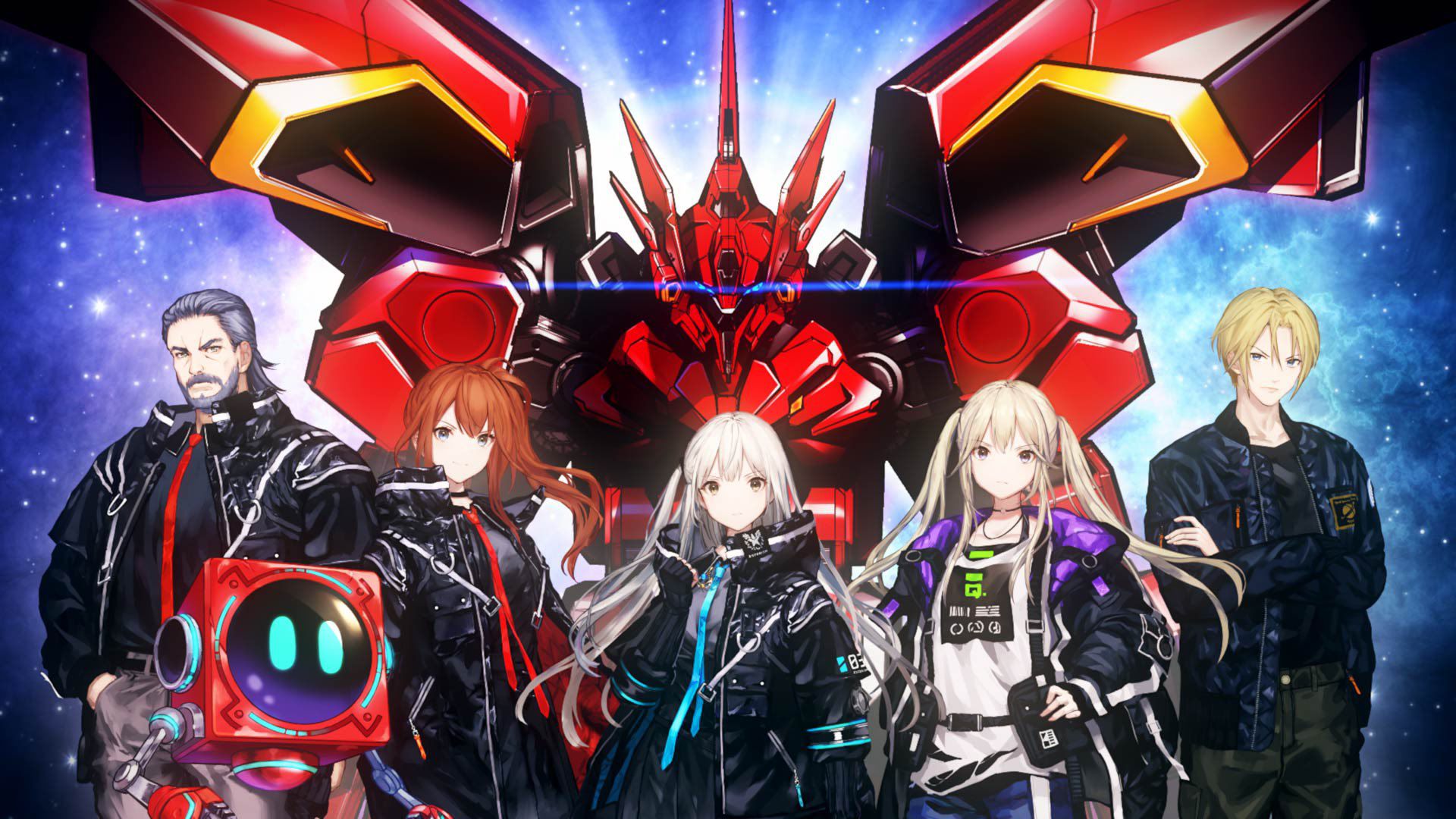Back in 2015 (seven years ago!), in my review of the original Submerged, I wrote: “Submerged is at its core a deeply frustrated warning against humanity ignoring the 97-odd per cent of climate scientists that insist we’re set for a bad time if we don’t hurry up and start dealing with carbon emissions and man-made climate change.” I can only imagine how frustrated the developers must have been in making this sequel, given that the baby steps approach that the world has decided to take with addressing climate change is almost laughably insufficient.
Earlier this year the government of Indonesia announced that it would be moving its capital to a new city because Jakarta, the current capital, is going to be submerged by 2050, and it’s now impossible to save it. Submerged – a game about exploring cities that have been drowned by rising waters – is not the exaggeration that some would think. It’s happening, and it’s happening now. One of the arguments against going hard on climate change is the cost of doing so, but I challenge you all to calculate the cost of moving entire cities and populations of people, because unlike sustainability, which often has an ROI to go with the cost, population relocation is a real sunk cost that’s actually about to hit us all.
But I digress. You’re all here to read about the much more important subject of how much fun it is to press buttons. Submerged: Hidden Depths is an excellent game with a strong message. It is as clearly frustrated at the state of things as its predecessor, and just like that first game, it chooses to express the frustration through a kind of melancholic beauty rather than aggression. For that reason alone I find it laudable. It’s rare that video games dare to be subtle like that. However, as much as I enjoyed this game, and appreciated the sad reality that the message is as relevant as ever, I did come away from Hidden Depths with the perception that as a game it was a little unnecessary.
If you played the original Submerged, then you would know that the main protagonist is Miku. Miku is a girl with her hair done up in twin buns… and while they might not be teal colour, I really cannot believe that’s a coincidence on the developer’s part. Anyhow. Clever skirting of copyright aside, she’s a great and worthy protagonist, filled with quiet bravery and stoicism. This time around she’s joined on her adventure this time by her equally great brother, Taku, who has recovered from the malady that floored him and left him in need of saving last time.
Like that first game, the narrative is told in pictogram form, and mostly comes from finding pick-ups as Miku and Taku explore. The gameplay structure will be familiar, too. You’ll boat around to find a key location, and then explore that, with your goal this time being to find giant nature seeds that have been corrupted by being used to power machines. You’ll then need to drop those seeds into a pod, which subsequently restores equilibrium and revives the nearby nature. It’s not very subtle in its messaging. To get the full meaning of everything that’s going on, however, you need to be diligent in tracking down every little collectible, as they often hold key meanings that make the jigsaw coherent. In so many other games, collectibles are thrown in as busywork to keep players “engaged” so they can complete the content 100 per cent. Submerged is better in that it is more genuine about what it wants players to do, and those collectibles all mean something integral to the game.
There’s not much more to Hidden Depths than that, though, and just as this put people off the original Submerged, I’d be surprised if it didn’t do the same here. If you were to look at the screenshots, you’d picture Submerged: Hidden Depths as being in the tradition of Uncharted, and the way you navigate around the environments – and the way that navigation becomes the core “puzzle” to moving around – is indeed similar. However, Submerged has no combat, whatsoever, and moves at a much slower and more reflective pace.
This is a game where you’re meant to take your time and breathe in the ambience and environmental storytelling. I’m not always happy with how it has been implemented in Hidden Depths (so many of the story-critical items are located down one pathway in a branching path, and so you’ll need to keep backtracking and revisiting areas to head down the paths you missed on the first “run” through an area), but I love the intent. I love that this is a game that encourages you to pan the camera around for no other reason than you’ll feel a sense of wonder from doing so. Backed by some vivid art direction and plenty of intriguing small details that form a patchwork of mystery within the game, Hidden Depths becomes hard to put down, but not because it’s visceral, like most games. It’s hard to stop wanting to play because it’s just so zen.
One thing that Hidden Depths does have over its predecessor, however, is that it’s larger. Much larger. We’re not talking of the kind of scope of Elden Ring, of course. Or the size of a Ubisoft open world thing. However, while it might not be that excessive, Hidden Depths is large enough to have a genuine sense of scale to it. Normally I am the last person to put an open world thing in front of (let alone one where collecting things is the point), but in this case, I found that it does work to the benefit of the game, as exploring the world is both the point and the narrative. In other words, here the open world design facilitates what the developer wanted to say and do with the experience, whereas with most open world things, the space exists as nothing more than something to fill with nonsense so the player is encouraged to get those all-important “hours played” timers up. Hidden Depths, for its expanded size, respects the player’s time too much to do that to them.
Submerged: Hidden Depth didn’t quite hit me as strongly as its predecessor. It is a more rounded and proficient take on the vision, but ultimately it is also the exact same vision as its predecessor and, this second time around, the impact just isn’t the same. However, it is still a beautiful, emotional and poignant bit of art, and we should all be sending our politicians copies to play. Otherwise, we’ll all find ourselves travelling around our crumbling, drowned cities soon. Just like Miku and Taku do here.
